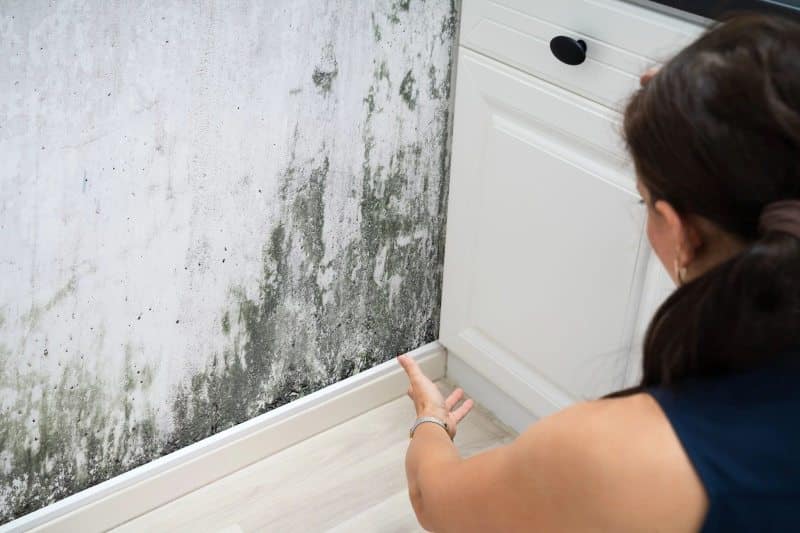Water damage is one of the most common and disruptive issues homeowners face, and if not handled promptly, it can lead to expensive repairs, health hazards, and structural problems. That’s why it’s so important to understand what causes water damage, how to spot the warning signs, and what steps you can take to address it effectively.
This guide will walk you through the typical causes, consequences, and repair solutions for water damage, along with proactive steps you can take to protect your home.
Common Causes of Water Damage in Homes
Water damage can occur due to various factors, both natural and man-made. Natural disasters such as floods, heavy rainfalls, and storms are prominent causes, often resulting in significant damage. While such events might be challenging to predict or control, other internal factors within a home could also lead to water issues.
Leaking or burst pipes are frequent culprits when it comes to internal sources of water damage. Ageing pipes or extreme temperature changes can cause these malfunctions, leading to unwanted water flow. Furthermore, household appliances like dishwashers and washing machines sometimes malfunction due to wear and tear, resulting in leaks. Plumbing issues, whether from poor installation or human error, can also cause water overflow, contributing to the problem.
Keeping a close eye on these potential sources—and performing regular checks—can go a long way in avoiding costly damage.
Signs of Water Damage to Look Out For
Detecting water damage early is essential to taking swift action. Several signs could indicate the presence of water problems within a home.
- Visible stains on walls and ceilings are often a tell-tale sign of water infiltration. These stains may be yellowish in colour and tend to grow over time if not addressed.
- Unusual musty odours, which could suggest the growth of mould and mildew. These fungi thrive in damp environments and can pose health risks if not dealt with soon enough.
- Swelling, warping, or sagging in floors and walls can indicate prolonged exposure to moisture.
- If these signs are coupled with an unexplained increase in water bills, it might be wise to investigate for hidden leaks.
If you notice any of these signs, it’s a good idea to act quickly. The sooner water issues are identified, the easier and less costly they are to resolve.
Potential Consequences of Unattended Water Damage
Ignoring water damage can lead to serious and long-term consequences for your home and your health.
- Structural deterioration – Water can weaken wooden framing, drywall, and even concrete, compromising your home’s stability.
- Mould and mildew – These can develop in as little as 24 to 48 hours and pose health risks, especially for people with allergies or respiratory conditions.
- Electrical hazards – Water exposure to wiring or outlets increases the risk of shorts, sparks, or fires.
- Lower property value – Homes with visible water damage or mould are less attractive to buyers and can result in lower resale prices.
Ultimately, fast action is essential. Whether it’s a slow leak or a full-blown flood, addressing the problem promptly helps preserve the value and safety of your home.
Effective Water Damage Repair Options
Fortunately, there are several repair options available to address water damage effectively. Engaging professional water extraction and drying services is often the first step. These experts have the necessary equipment to remove excess water and ensure thorough drying to prevent further damage.
In cases where mould has developed, mould remediation services become essential. These professionals conduct a comprehensive removal to ensure that the environment is safe once more. Repair and restoration of damaged structural elements, such as drywall and flooring, might be necessary to restore the home to its original condition.
When faced with significant damage, homeowners may need to turn to their insurance for assistance. Understanding the insurance claims process can help manage costs and provide repair coverage, so having some basic knowledge about water damage insurance help can be invaluable.
Preventive Measures to Avoid Future Water Damage
Prevention is always better than a cure, and there are several measures homeowners can take to mitigate the risk of future water damage. Conducting regular maintenance checks on plumbing and appliances can help identify potential issues before they become serious.
Installing water detection systems and alarms provides an added layer of security, alerting residents to water presence before extensive damage occurs. It’s equally important to ensure that drainage and gutter systems around the house are functioning correctly to direct water away from the property.
Furthermore, homeowners should educate themselves on quick-response actions during water events. Knowing how to stop water flow or whom to contact in emergencies can make a significant difference.
Protect Your Home with Proactive Water Damage Solutions
Addressing water damage quickly is one of the smartest decisions a homeowner can make. Whether you’re dealing with a small leak or a major emergency, acting early can help you avoid long-term issues like mould, structural damage, and electrical risks.
Don’t wait for the damage to escalate. Take preventive steps now, and when problems do arise, reach out to professionals who can guide you through the repair process. If insurance is involved, knowing the basics of water damage insurance help can ease both the financial and emotional burden.
Consult plumbing experts near you for tailored advice and services, and visit trusted home improvement websites for more tips on protecting your home from water damage.

